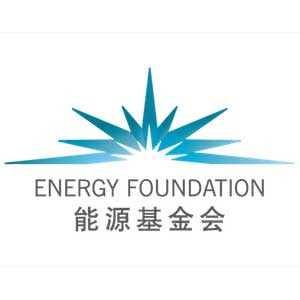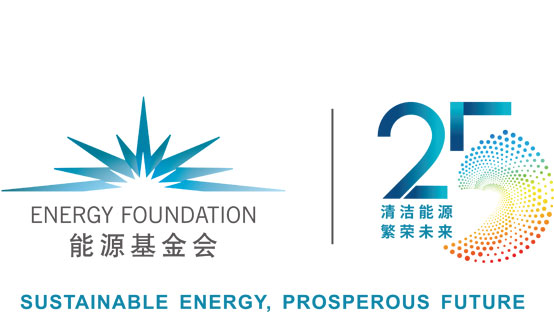Feasibility Study on Establishment of Carbon Trading Scheme in Building Sector in China
Feasibility Study on Establishment of Carbon Trading Scheme in Building Sector in China
The Kyoto Protocol signed in 1997 caps the emissions of greenhouse gas including carbon dioxide. The move makes carbon emission rights become scarce, thus the global carbon market and trading of carbon emission allowance and credits taking shape. Under the arrangement of the framework of Kyoto Protocol during the past ten years, carbon trading scheme has gradually become the one of the preferred political instrument by many countries to address climate change issues.
In the international carbon trading market, China has been the largest supplier of the global CDM. Nevertheless, CDM develops slowly in the building sector. Besides the limitations of the CDM mechanism itself, the unique barriers facing building sector are the major reasons for the sluggish development of CDM projects, including: (a) Application of the CDM mechanism to a single building with long construction period and low returns of emission reduction leads to high unit cost and high investment risk. (b)It is difficult to determine the benchmark of a building project. (c) There are very few CDM methodologies that fit in conditions of the building sector in China. (d) There are many difficulties in allocating CERs due to multiple ownership of residential buildings. In addition, The PCDM, programmatic enhancement of CDM is also backward in the building sector due to many constraints in the execution of projects, including: (a) lack of methodologies that fit in the unique features of China’s building sector. (b) Limitation on qualification and capability of CME. (c) Lack of supporting policy for development of PCDM. Considering the constraints of the CDM (PCDM) development in China’s building sector, we shall find new instruments to incentivize carbon emission reductions in the current building sector. One of the most feasible approaches is, undoubtedly, to establish the domestic carbon trading scheme, which will stimulate energy efficiency in buildings through market mechanism.
In contrast to rapid development of regional carbon trading markets in other countries, China’s carbon trading market just kicked off, which is only limited to voluntary carbon emission reduction trading until now. The Provisional Measures on Management of Trading of Credits for Voluntary Greenhouse Gas Emission Reduction issued in 2012 by National Development and Reform Commission (NDRC) gave stipulations on examination, issuance, registration and trading on credits of voluntary carbon emission reduction projects, which is a milestone move for the development of China’s carbon trading market. The voluntary carbon trading market is a transition arrangement at the initial stage of China’s carbon trading market. With the ever-growing pressure from international climate negotiations, NDRC will eventually shift the focus on domestic mandatory carbon trading scheme which is definitely the trend of carbon trading market. However, the institutional design of mandatory carbon trading scheme is yet to be established in terms of legal, political and institutional framework, applied methodologies, trading mechanism and procedures. During the period from 2015-2020, the building sector is also considering establishing carbon trading system to incentivize higher energy efficiency and lower emission reductions, promote adoption of low carbon technologies, and cover part of cost of renovation of existing buildings and development of super low energy building.



